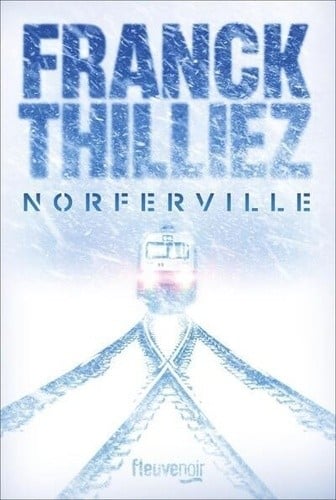En cours de chargement...
Résumé
Herons are large, popular and, in many cases, spectacular birds found in wetlands world-wide, both tropical and temperate, natural and man-mode. Some populations are very small and localised, some have decreased, some have expanded their ranges, and a few are pests of human activities.
In the fifteen years since the publication of the latest monographic treatment of the family, The Herons Handbook, there has been a tremendous increase in our knowledge of heron status and conservation requirements, set against a backdrop of increasing concern about the future of the World's wetland habitats. Most herons depend on wetlands, which must be conserved if herons are to persist. As a result, the local status of heron populations often reflects the success or failure of conservation action in wetlands and so serve as indicators of the state of wetlands.
This book provides a comprehensive update following two distinct threads. The status and conservation needs of herons first presented on a regional basis, in a series of chapters set at a continental or subcontinental scale. Over 200 biologists and heron conservartionists - many associated with the Heron Specialist Group sponsored by Wetlands International and IUCN - have contributed to the data summarised here, and these very latest census and survey results provide the most up-to-date and detailed picture of heron populations currently available. Few, if any, widespread bird groups have been subject to such an exhaustive evaluation of their status and conservation needs at national, continental and world-wide scales.
Chapters discussing several critical issues in heron conservation follow, tending to focus on the international nature of the problem. Many heron populations ore migratory and depend upon conservation of both summer and wintering wetland habitats often located on different continents. Effective conservation of these wetlands of international importance depends in large part on local and regional socio-economic factors. Herons, to the extent that they require maintenance of wetland functioning, should be on integral part of sustainable wetland conservation. There is a bigger message here: it is that species and their habitats share a common future Herons are not only a fascinating group in their own right, but also an object lesson in this universal truth.
Caractéristiques
-
Date de parution20/04/2000
-
Editeur
-
ISBN0-12-430130-4
-
EAN9780124301306
-
PrésentationRelié
-
Nb. de pages480 pages
-
Poids1.5 Kg
-
Dimensions19,4 cm × 25,4 cm × 3,8 cm
Avis libraires et clients
Avis audio
Écoutez ce qu'en disent nos libraires !
À propos des auteurs
James A. Kushlan has studied and written about herons and their allies for over thirty years. Growing up in southern Florida, he came naturally to his interests in aquatic bird and in tropical wetlands. He has served as President of the Colonial Waterbird Society, Editor of the journal Colonial Waterbirds, Vice-president of the America Ornithologists' Union, on the Boards of Wetlands International, Wetlands International - Americas, and Hawk Mountain Sanctuary, as New World co-ordinotor of the Hero Specialist Group, and Chair of the North American Colonial Waterbird Conservation Initiative. He has also been a research biologist with the US National Park Service, Professor of Biology at Texas A&M University - Commerce, Professor and Chair of Biology at The University of Mississippi, Director of USGS Patuxent Wildlife Research Centerand Research Associate at The Smithsonian Environmental Reosearch Center. He previously co-authored two books on waterbirds, Herons Handbook (1984) and Storks, Ibises and Spoonbills of the World (1993) and also has written over 200 papers on waterbird biology and wetland ecology and conservation. He lives on the Chesapeake Bay in Annapolis, Maryland, USA.
Heinz Afner has been Old World co-ordinator of the Heron Specialist Group since 1982. In 1977, his studies on the ecology of herons in the Camargue in southern France earnt him his doctorate from the University Paul Sabatier in Toulouse. Heinz's interest in wildlife dates from his childhood days in Switzerland where, after having climbed to his first Grey Heron nest on his eleventh birthday, he become sufficiently fascinated by these birds to decide that they should became part of his life. In 1964, he joined the research team at the Tour du Valat biological station in the Camargue, first as a bird ringer and research assistant - on excellent training which helped him later to develop his own research projects on herons. Since 1984, Heinz has led Tour du Volot's ornithological department. He has written more than 100 papers on herons and other waterbirds, and on wetland ecology and conservation. He lives in the Camargue, the Rhône Delta in southern France.





